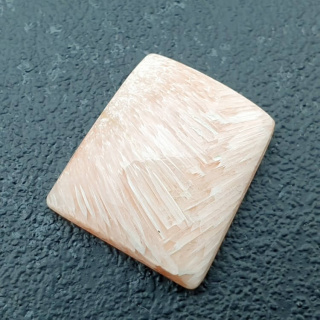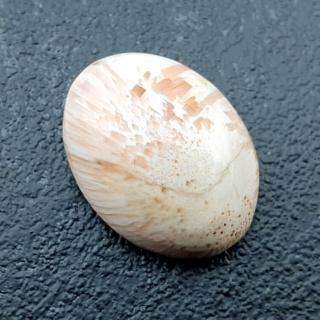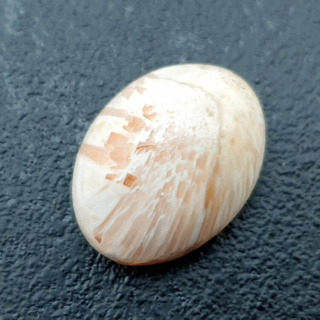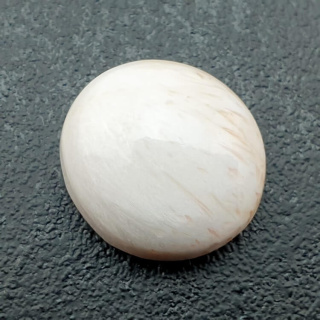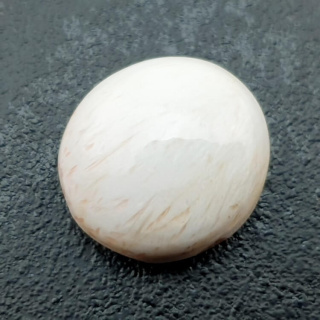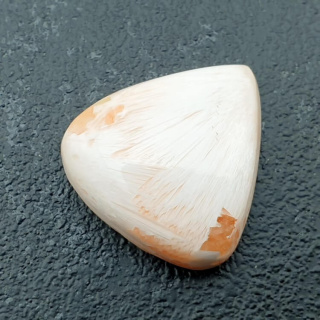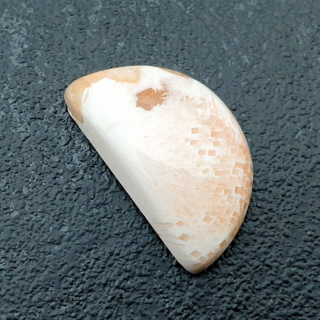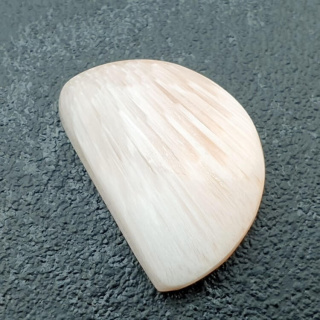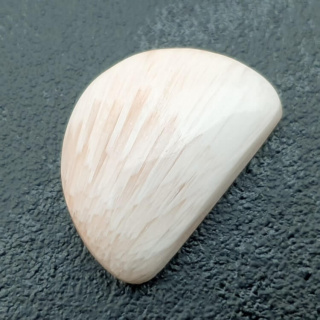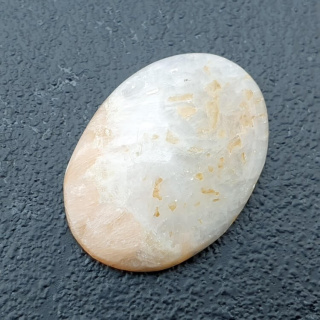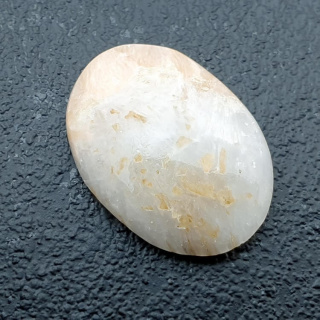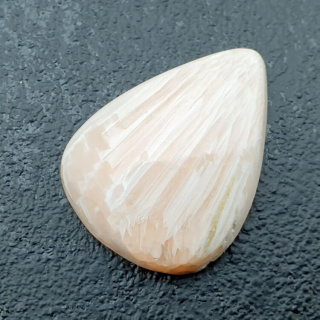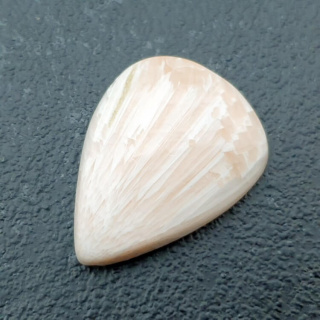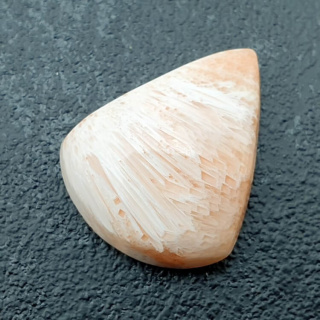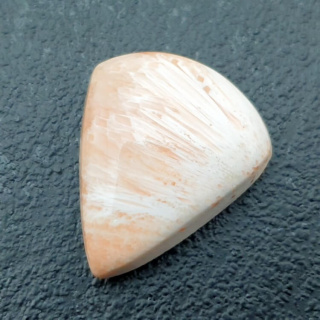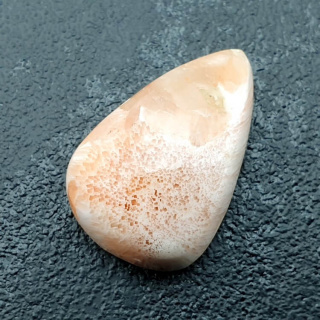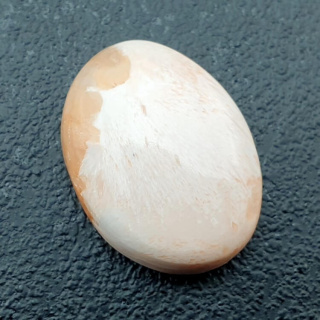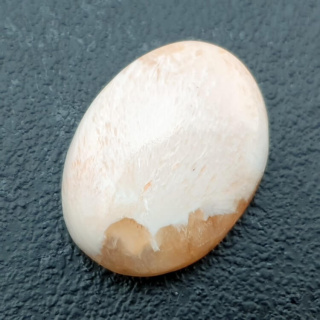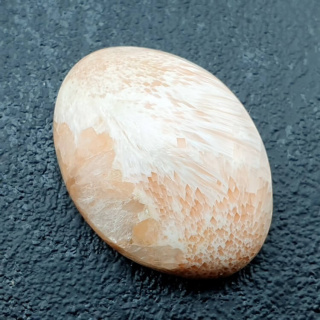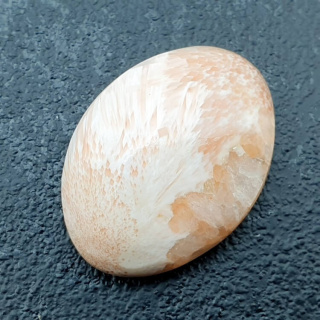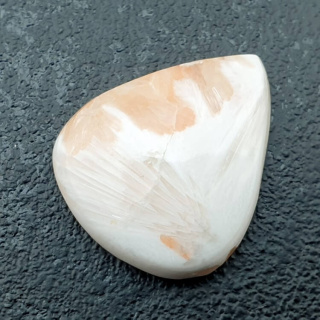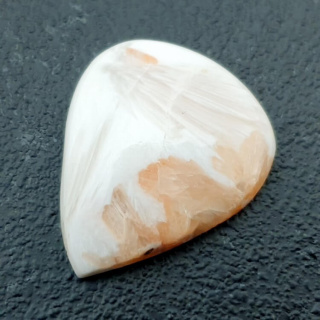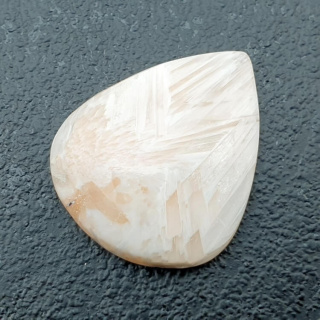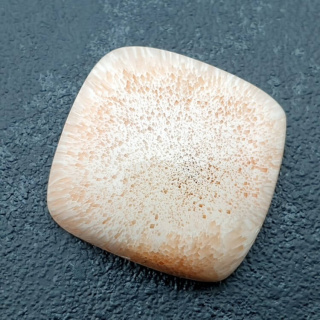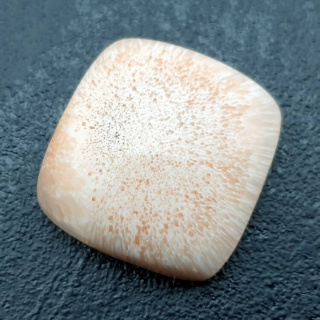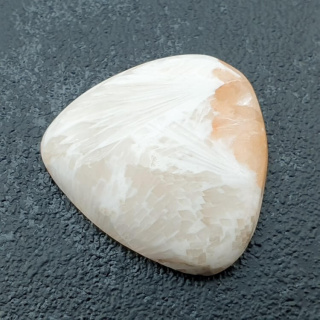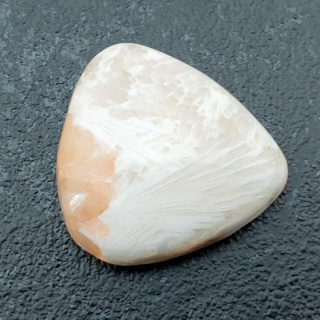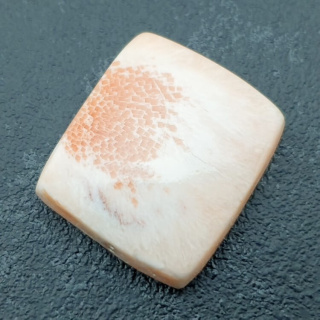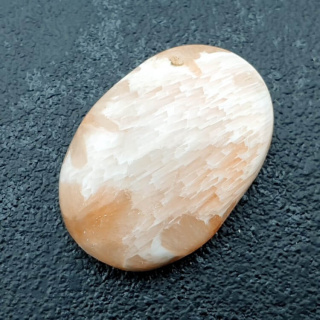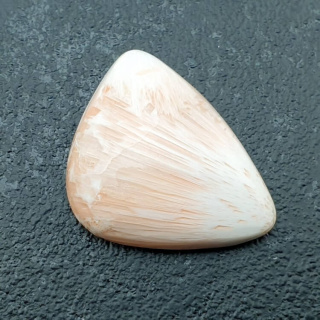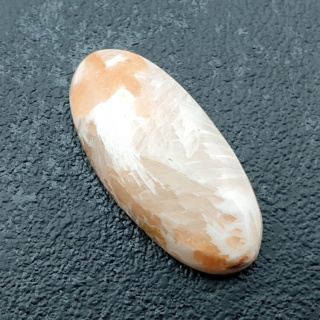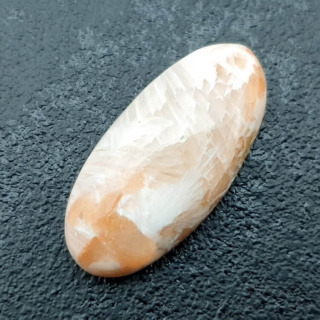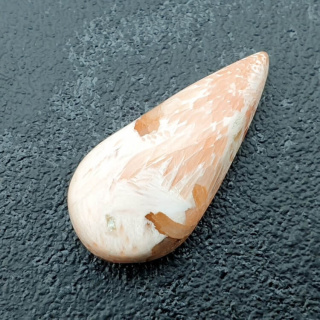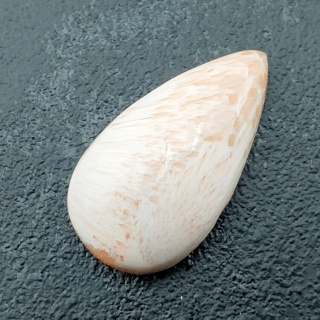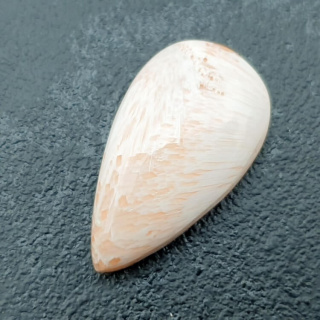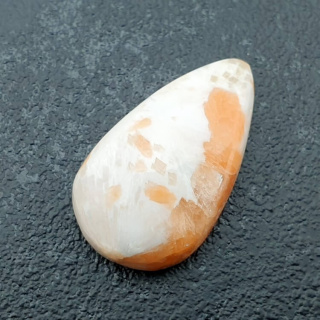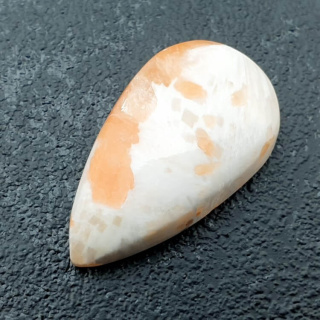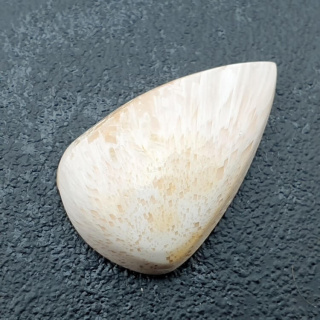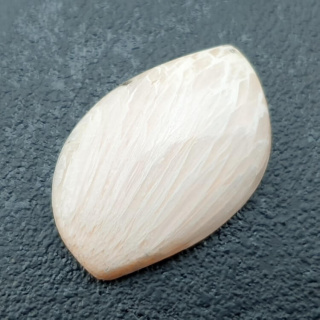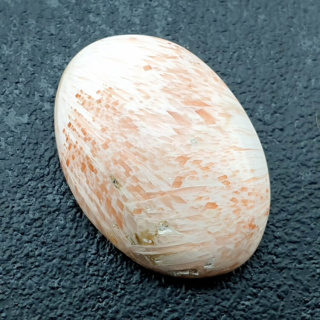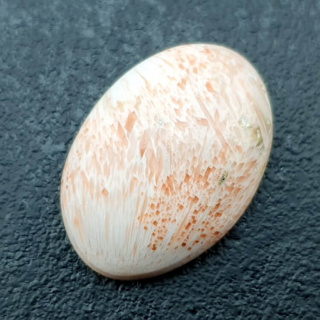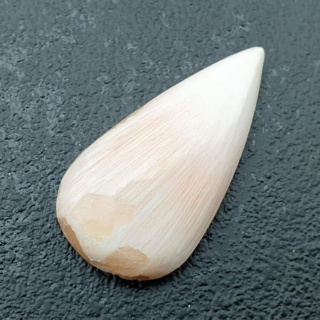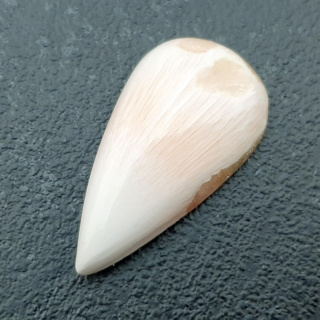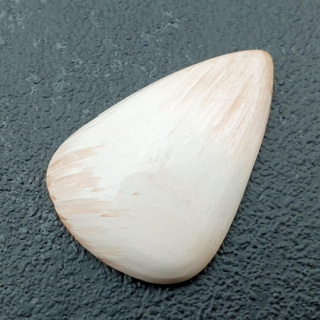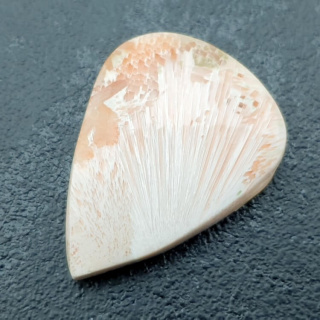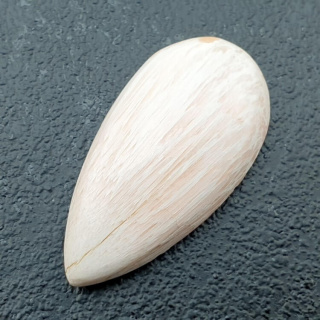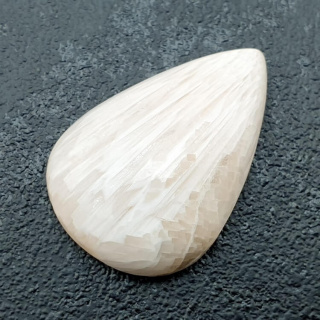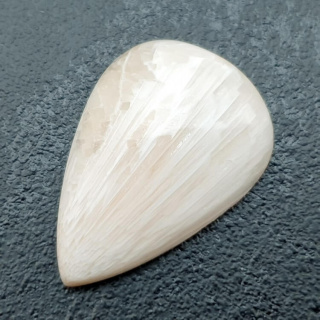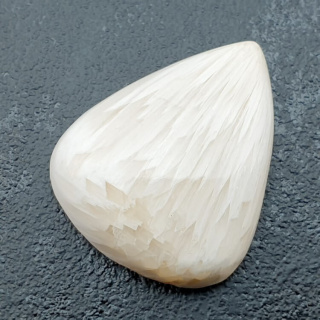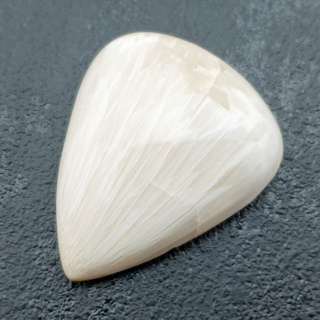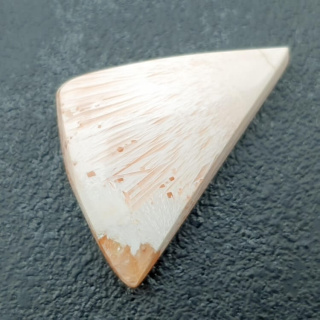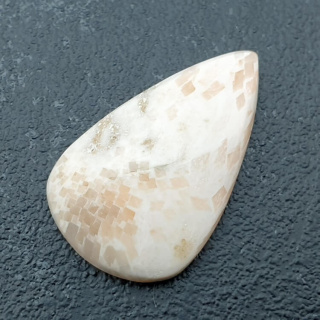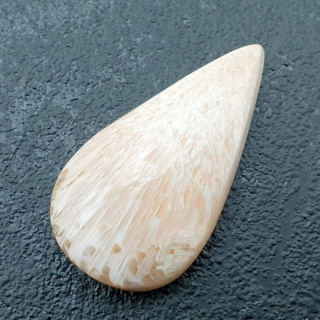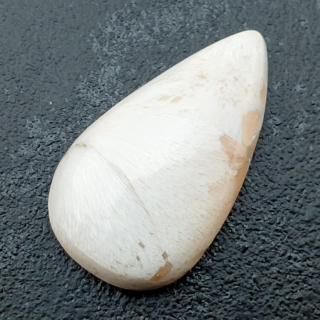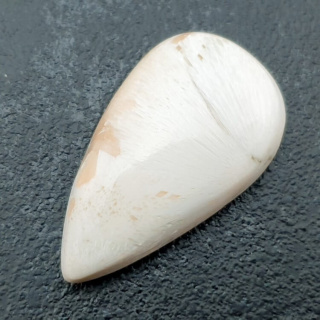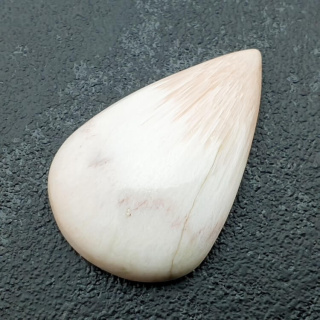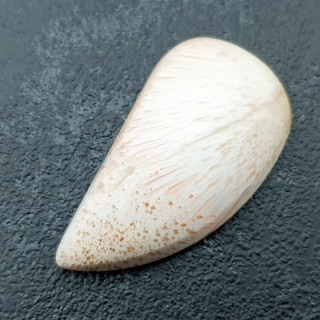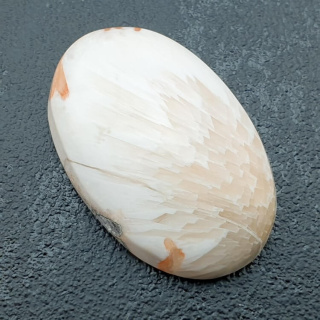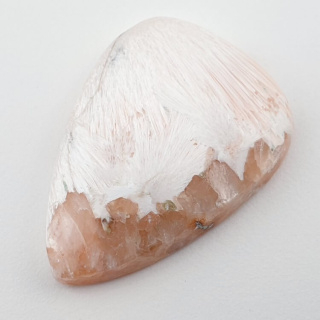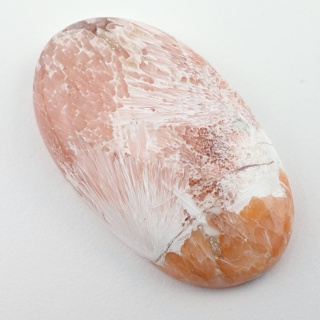- All categories
-
Categories
- Stones | Crystals
- Beads for jewlery
- Jewelry components
- Kamienie syntetyczne
- Zodiac stones
- Pearls | Shells
- Pendants
- Bracelets
- Kryształki - Taśmy
- Crystals A-F
- Crystals G-K
- Crystals L-O
-
Crystals P-Z
- Peridote
- Pietersite
- Pyrite
- Prehnite
- Purpurite
- Rhodochrosite
- Rhodonite
- Ruby
- Selenite
- Septarian
- Seraphinite
- Indian seraphinite
- Serpentine
- Petrified wood
- Cat's eye scapolite
- Scolecite
- Sodalite
- Stichtite
- Shattuckite
- Scheelite
- Shungite
- Tektite
- Thulite
- Topaz
- Tibetan turquoise
- Tourmaline
- Tiger's eye
- Tiger's iron
- Unakite
- Variscite
- Sale
- Promo 💵
- Sale 🛒
- New arrivals 💥
- Discounts
- Delivery
- Payment
- Returns
- Contact us
- Blog
- Kryształki - taśmy (sale -40%)
-
Categories
-
Peridote
-
Pietersite
-
Pyrite
-
Prehnite
-
Purpurite
-
Rhodochrosite
-
Rhodonite
-
Ruby
-
Selenite
-
Septarian
-
Seraphinite
-
Indian seraphinite
-
Serpentine
-
Petrified wood
-
Cat's eye scapolite
-
Scolecite
-
Sodalite
-
Stichtite
-
Shattuckite
-
Scheelite
-
Shungite
-
Tektite
-
Thulite
-
Topaz
-
Tibetan turquoise
-
Tourmaline
-
Tiger's eye
-
Tiger's iron
-
Unakite
-
Variscite
Crystals P-Z -
- Promo 💵
- Sale 🛒
- New arrivals 💥
- Discounts
- Delivery
- Payment
- Returns
- Contact us
- Blog
- Kryształki - taśmy (sale -40%)
-
- Search
- My account
- Favorites
-
Cart
0
-
Cart (0)Cart is emptyFor free delivery is missing -,--Free delivery!Make orderTotal 0 złPrice includes discounts
-
Discover the extraordinary Scolecite - a rare zeolite mineral with interesting properties
Number of products : 45What is scolecite, a rare mineral?
Scolecite is a hydrated calcium aluminosilicate belonging to the zeolite group. Its structure is complex, and its physical and chemical properties make it a valuable mineral in science and industry. It is also a valuable collector's item and a stone used in the form of cabochons in artistic jewelry. Its name comes from the Greek word “skoleks,” meaning “worm,” and refers to the characteristic properties of the mineral that can be observed when heated.
What are the main physical properties of scolecite?
Here are the main physical properties of scolecite:
- Color: Scolecite can occur in various colors, such as white, gray, yellow, red, green, brown, or black, although it is usually colorless or white.
- Fracture: Scolecite is characterized by an uneven or conchoidal fracture, which means that the surface of the mineral is uneven and looks like a shell when broken.
- Crystallographic axis length: Natural skolecite has a characteristic crystal structure that can affect its crystallographic axis length and the shape of its microcrystals.
- Axis length: Scolecite can occur in needle-like, fibrous, lamellar, or granular aggregates, which affects its physical external characteristics.
- Mineral density: The density of skolecite is usually around 2.1-2.3 g/cm³, which is another characteristic physical feature of this mineral.
Keep in mind that these properties may vary slightly depending on the specific conditions and variety of skolecite.
In what types of rocks can skolecite be found?
Natural skolecite can be found in various types of rocks, especially in sedimentary and metamorphic rocks. Below are some examples of rock types in which skolecite can be found:
- Marble: Scolecites can be found in marble, which is a metamorphic limestone rock formed by the transformation of other calcareous rocks under high pressure and temperature.
- Slate: Scolecite can also be found in some types of slate, which are metamorphic sedimentary rocks formed by the transformation of other sedimentary rocks, such as clayey sedimentary rocks.
- Volcanic rocks: Skolecite can occur in volcanic rocks such as volcanic tuffs, which consist of pyroclastic material or rocks of volcanic origin.
- Sedimentary rocks: In some cases, skolecite may occur in sedimentary rocks, which are formed by the deposition and cementation of fine mineral or organic grains.
Scolecite is typically found in rocks with a formation environment that allows it to form and become fixed in the rock structure. It can occur in various rocks around the world, but it is not common and usually occurs in small quantities.
What are the characteristic structural features of skolecite?
The characteristic structural features of skolecite include:
- Crystal structure: Scolecite typically has a delicate crystal structure characterized by a regular arrangement of atoms, which gives it its distinctive physical and chemical properties.
- Zeolite structure: Scolecite belongs to the zeolite group, which means that it has a microporous structure known for its high capacity to adsorb chemicals, which is important in many industrial applications.
- Hydration: Scolecite is a hydrated mineral, which means that its structure contains water molecules. The chemical formula of scolecite includes crystalline water, which affects its physical and chemical properties.
- Susceptibility to thermal deformation: Scolecite exhibits characteristic behavior when exposed to temperature, which can be observed when the mineral is heated, as it bends and twists, resembling the movement of a worm.
- Microscopic structure: Under a microscope, skolecite often reveals characteristic microcrystalline structures and shapes, which may vary depending on the conditions under which the mineral was formed.
These structural features of skolecite are important both from a scientific point of view and for practical applications in various fields, such as geology, industry, and materials science.
Does skolecite occur in specific geographical locations on Earth?
Yes, skolecite occurs in various locations on Earth, although its occurrence may be uneven and depends on the geological conditions of mineral formation. Here are a few places where skolecite can be found:
- India: Scolecite has been identified in some areas of India where metamorphic and sedimentary rocks such as marble and slate are found.
- United States: In some states, such as California, skolecite has been found in volcanic rocks and in some metamorphic rocks.
- Australia: Skolecite has also been found in some areas of Australia where the geological conditions are suitable for its formation.
- Brazil: Scolecite has been reported in some areas of Brazil, especially in regions where there are various types of sedimentary and metamorphic rocks.
- New Zealand: Skolecite has also been reported in some areas of New Zealand, especially in regions with suitable geological conditions for the formation of this mineral.
It is worth noting that skolecite, like many other minerals, occurs in various parts of the world, but its occurrence may be limited and dependent on local geological conditions favorable to its formation.
What are the color varieties of skolecite?
Scolecite comes in different colors, although it is usually colorless or white. Here are some of the main color varieties of scolecite:
- Colorless: Scolecite is most commonly found in a colorless or white form, which means it can be transparent or nearly transparent, making it ideal for use in jewelry and decoration.
- Gray: Sometimes skolecite can have a gray tint, which can be lighter or darker depending on the content of various mineral impurities.
- Yellow: Scolecite can sometimes occur in a yellow form, which can have different shades, ranging from pale yellow to more intense colors.
- Green: Scolecite can also occur in shades of green, which can be intense or delicate, giving it a unique appearance and appeal in decorative applications.
- Pink: Less commonly, skolecite can occur in pink, making it unique and attractive in decorative and collectible applications.
The above color varieties of skolecite reflect the diversity of the mineral and are attractive features in decorative and jewelry applications.
![[{[item.product.name]}]]([{[item.product.photo.url]}] 75w)

